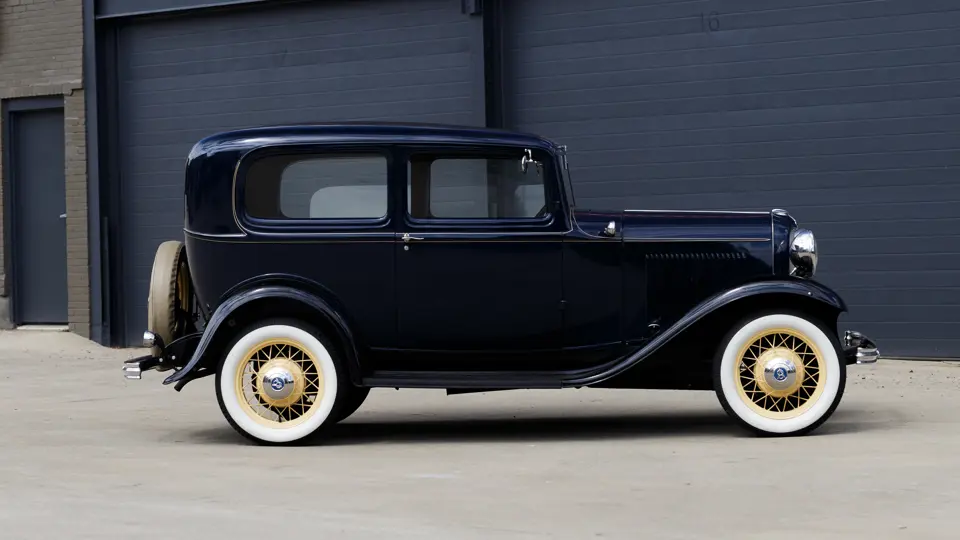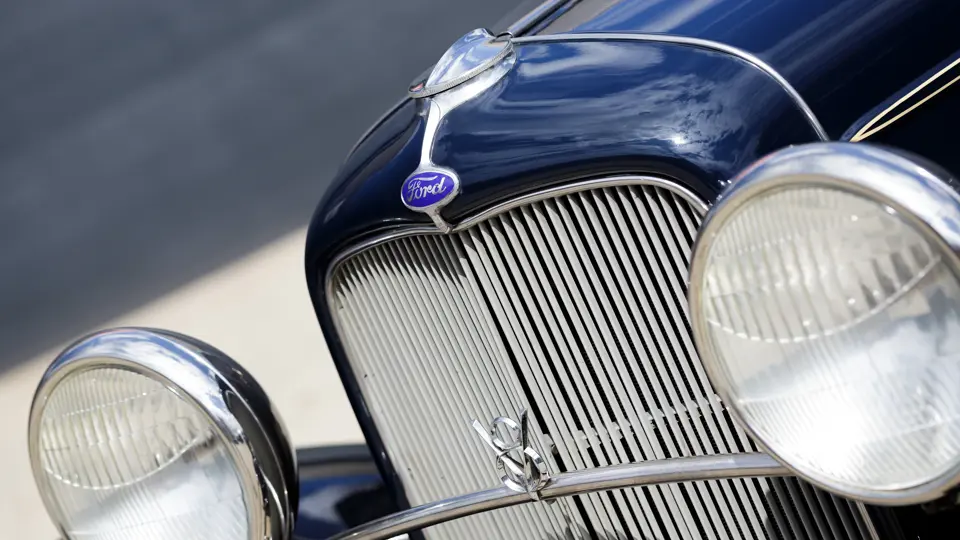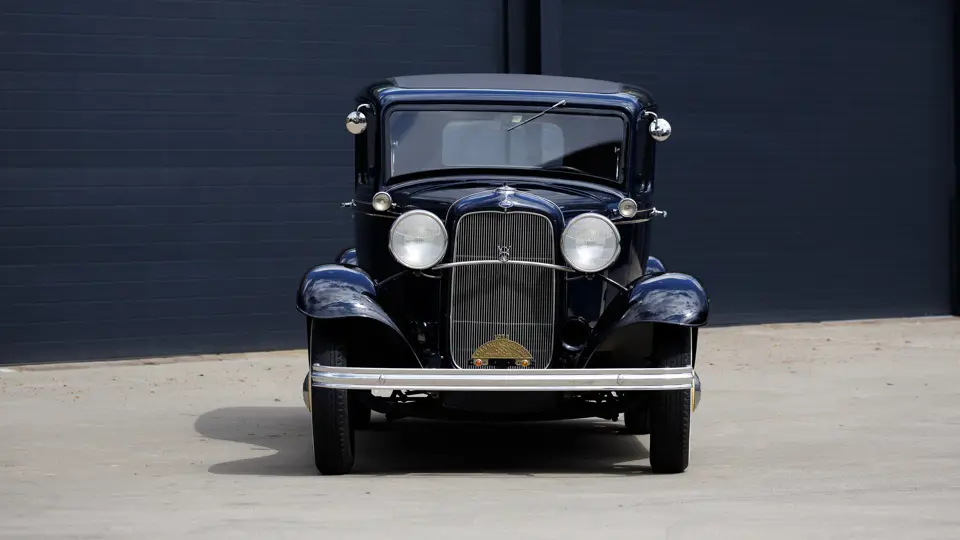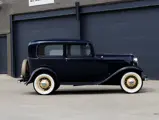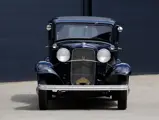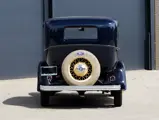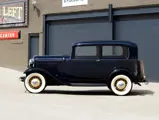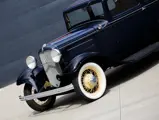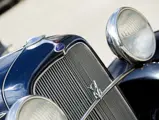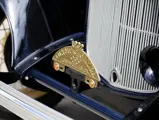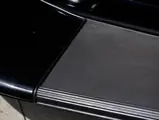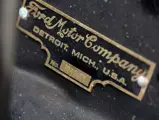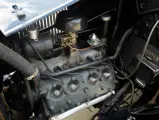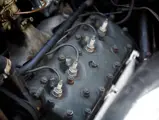
1932 Ford Tudor Sedan
{{lr.item.text}}
$33,000 USD | Sold
{{bidding.lot.reserveStatusFormatted}}
- Offered from the Estate of Bob Jones
- First year for the legendary Flathead V-8
- Finished in blue with black fenders with cream pinstripes and wheels; light brown interior
- Wears a well-maintained older restoration
- A revolutionary automobile, presented in stock configuration
Having revolutionized the automobile industry with the Model T, Henry Ford began to acquire a reputation for stubbornness—and one that was not entirely undeserved, as production of the basic “Tin Lizzy” stretched towards two decades. Looked at a different way, Ford simply preferred to refine a formula that worked, rather than reinventing it for the sake of novelty. The Model A of 1928 proved that Ford could still change gears when needed, however, and it was followed in comparatively short order by a new car that again could be called revolutionary: The 1932 Ford V-8.
The Ford V-8 was notable not just for its powertrain, though its legendary Flathead engine, initially producing 65 horsepower, at last brought eight-cylinder power to the people. Also crucial was the styling. In part due to the insistence of Edsel Ford, the Model A incorporated stylish touches all but absent on the utilitarian Model T; as the automobile market matured, it was clear that aesthetics, in addition to practicality, were beginning to drive new-car purchases. This notion was fully realized on the 1932 models, which were styled as a unified, harmonious whole. These were affordable, powerful cars that were also truly beautiful, right off the assembly line.
Much of the “Deuce” mythos is built on modified coupes and roadsters, which were readily used by blank canvases by hot-rodders and customizers in the post-WWII years, often to incredible effect. This 1932 V-8 Tudor Sedan serves as a reminder that these are immensely appealing cars, even in stock configuration.
This Tudor wears subtle two-tone black and blue paintwork with cream pinstriping, an accent color carried over to the whitewall-wrapped wheels. The interior is light brown cloth, fronted by a woodgrained dashboard. Instruments are set into an engine-turned cluster in the center. Exterior detailing is simple yet elegant, with a covered spare at the rear and a period-correct 1932 Los Angeles Summer Olympic Games license plate-topper at the front adding visual interest.
This car has been selectively exhibited while under current ownership, including a 2005 appearance at the Old Car Festival, which takes place at Greenfield Village in Dearborn, Michigan. Versatile in every sense of the word, this Tudor would no doubt be welcome at Early Ford V-8 Club and AACA events, on tours, and even at local car shows and cruise-ins—where, in its un-modified state, it will offer an appealing contrast to its customized brethren on the field.







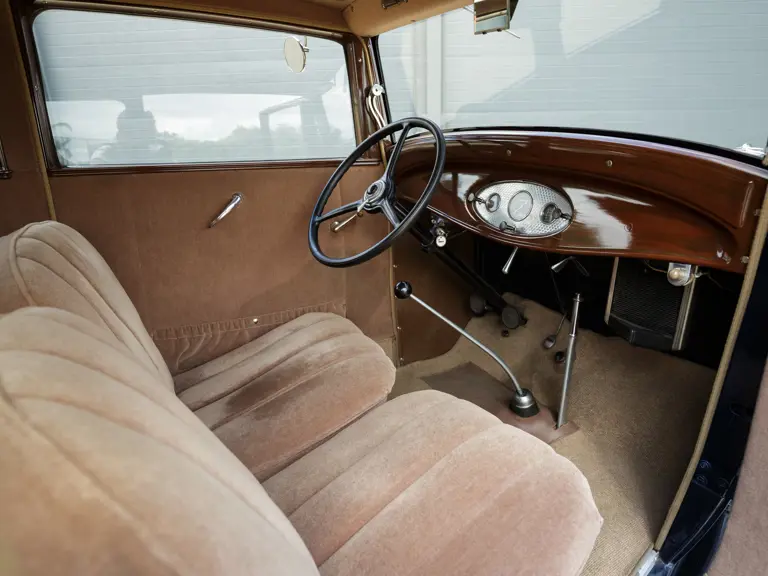
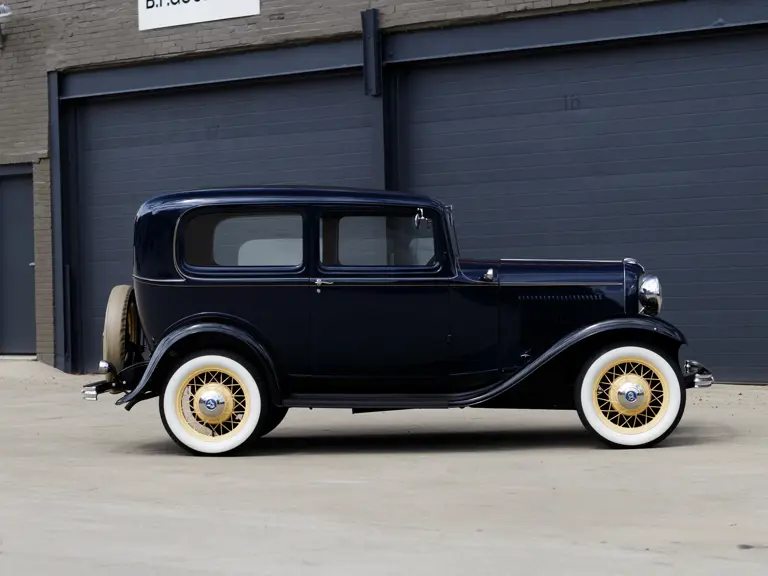
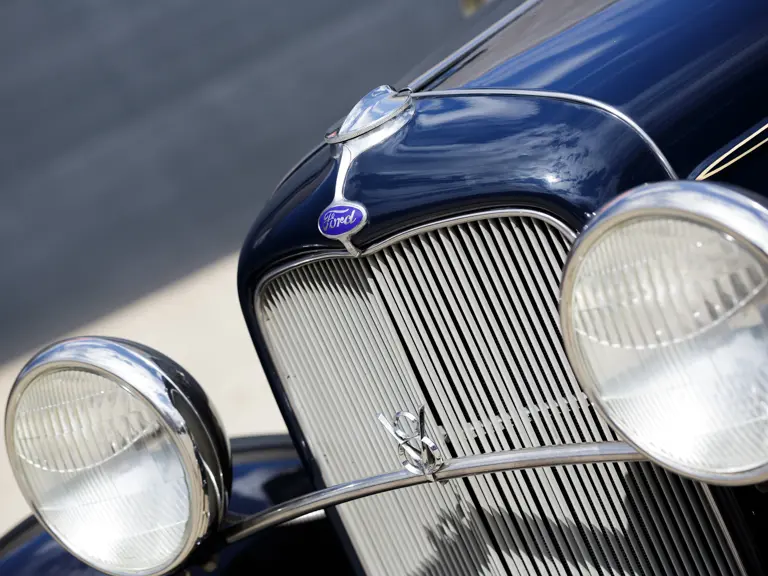
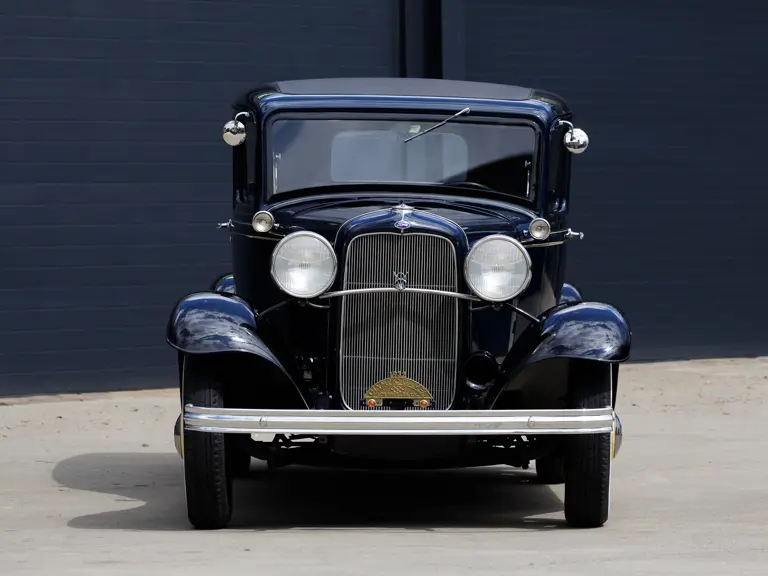
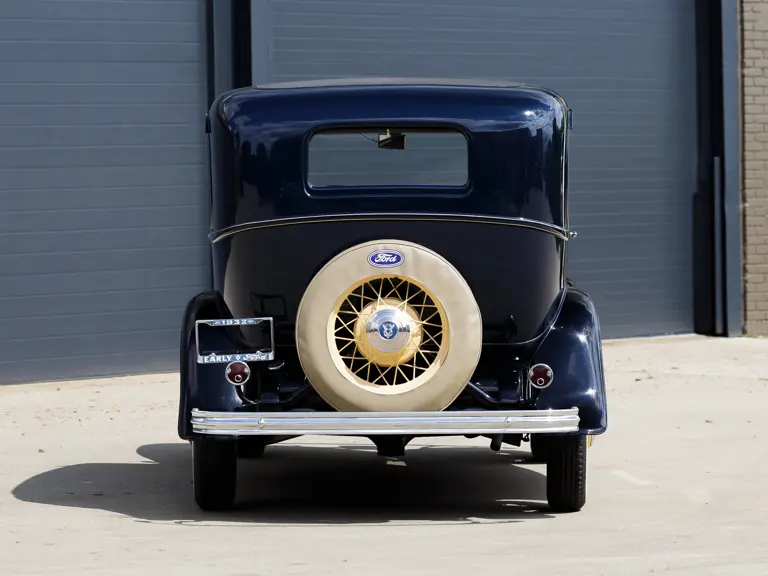
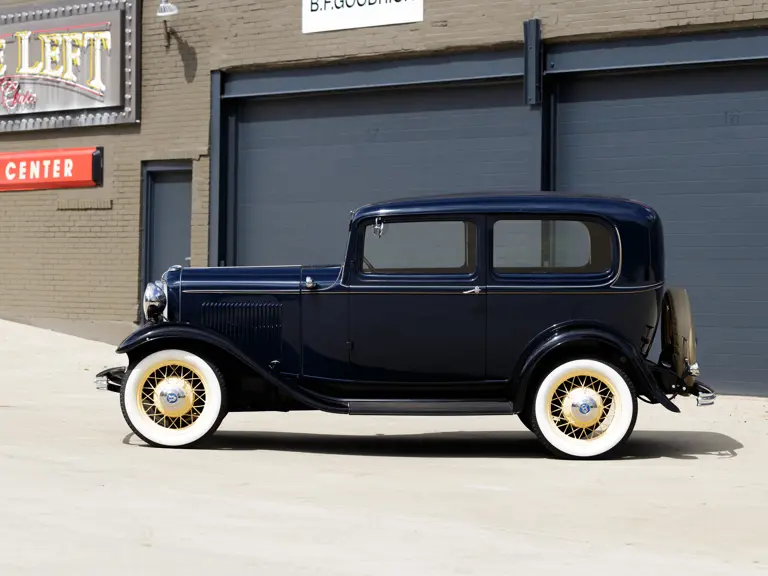
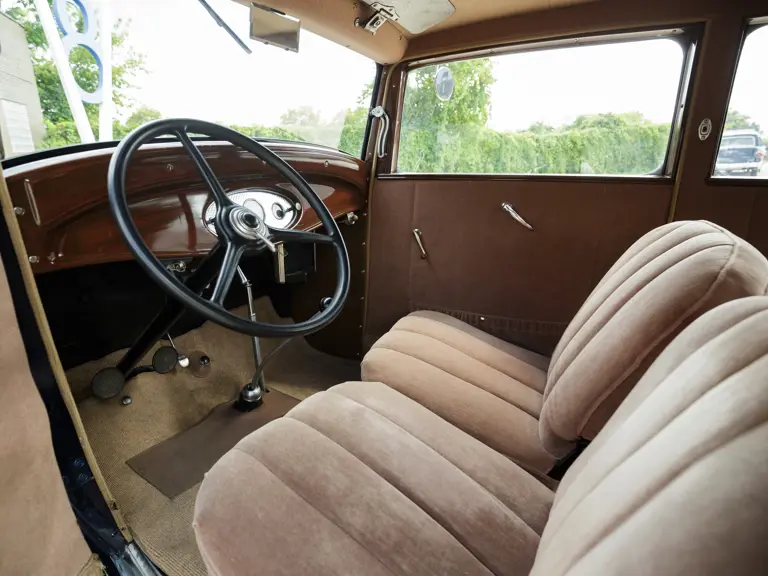
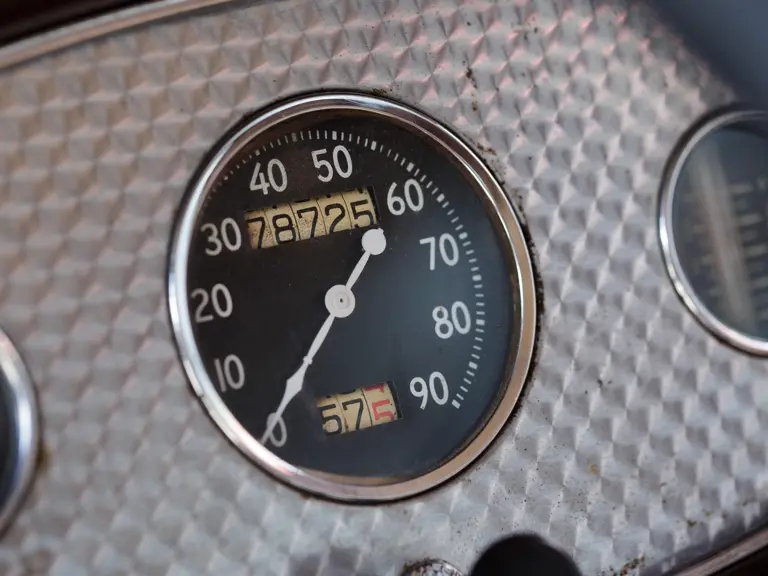


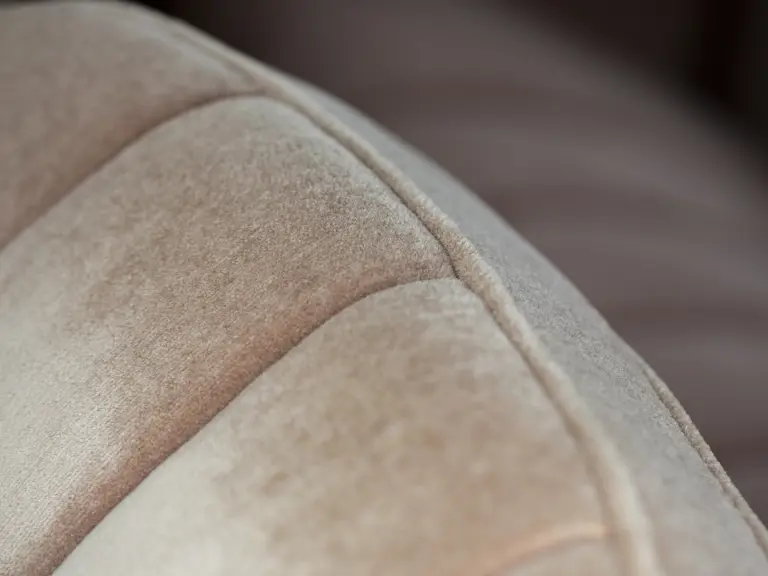
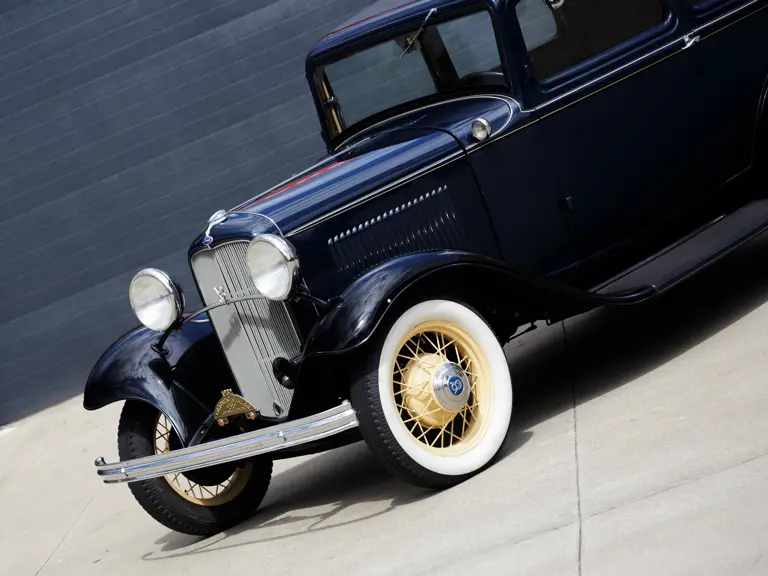
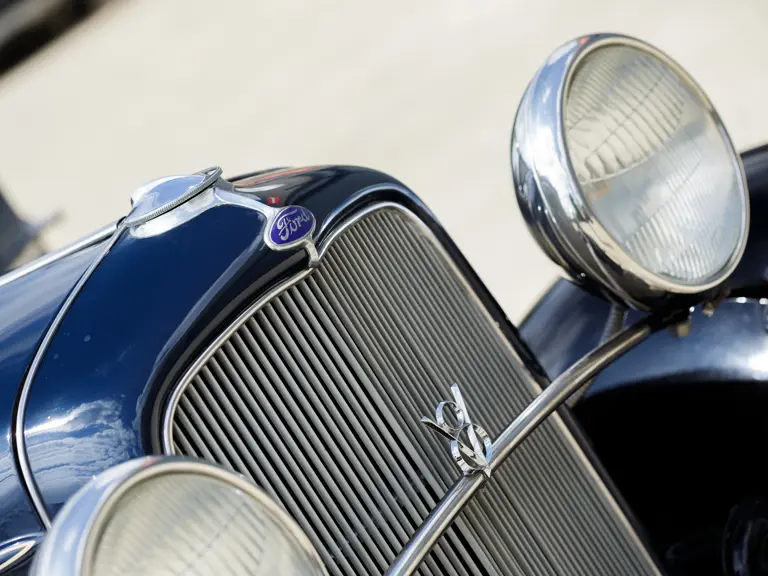
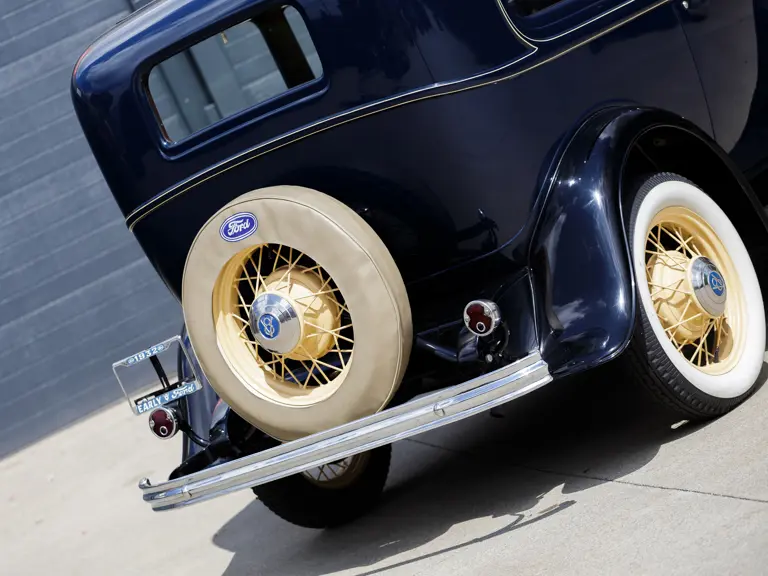
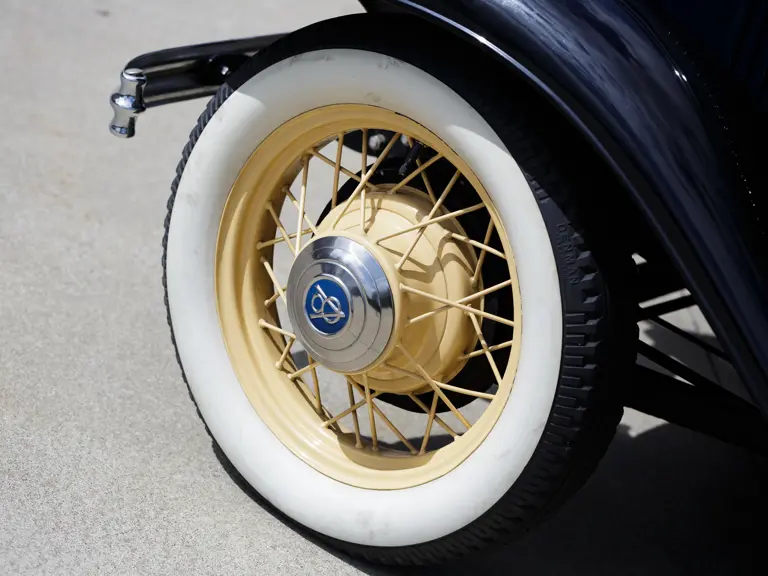
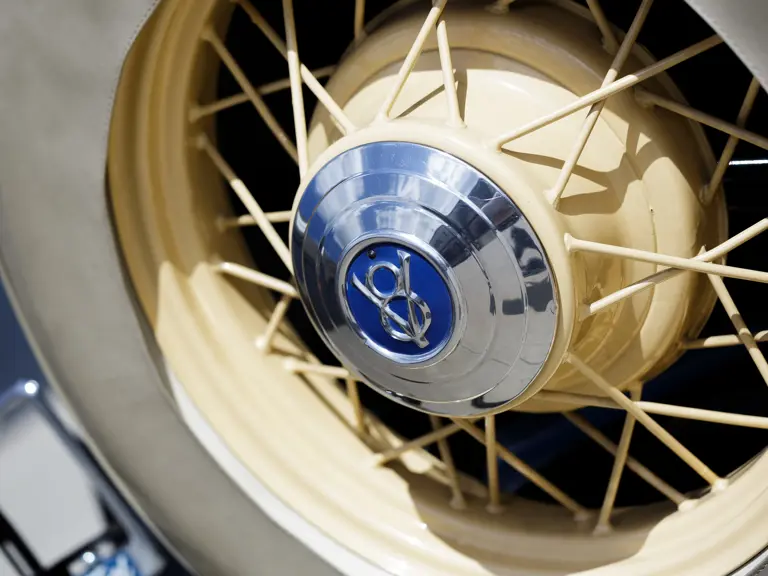


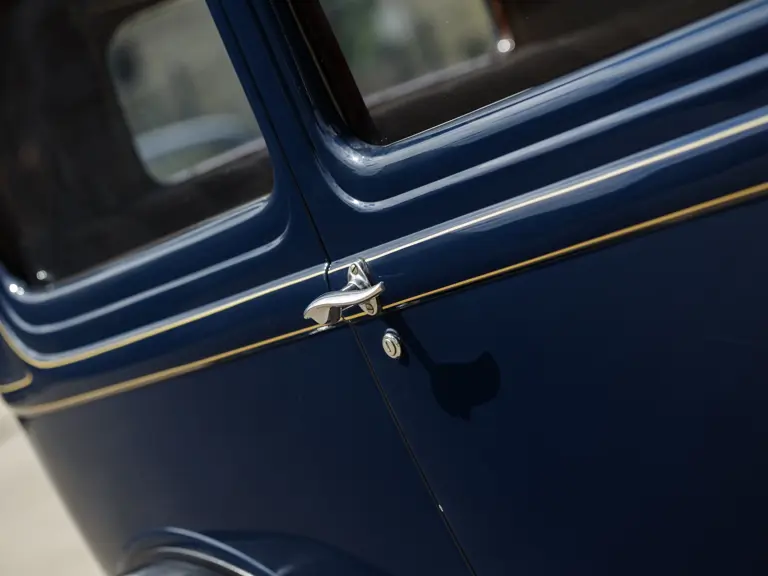
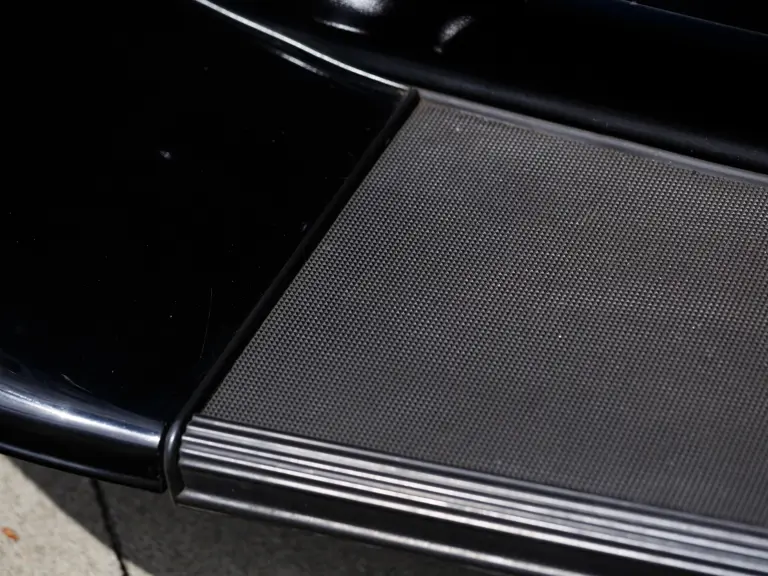
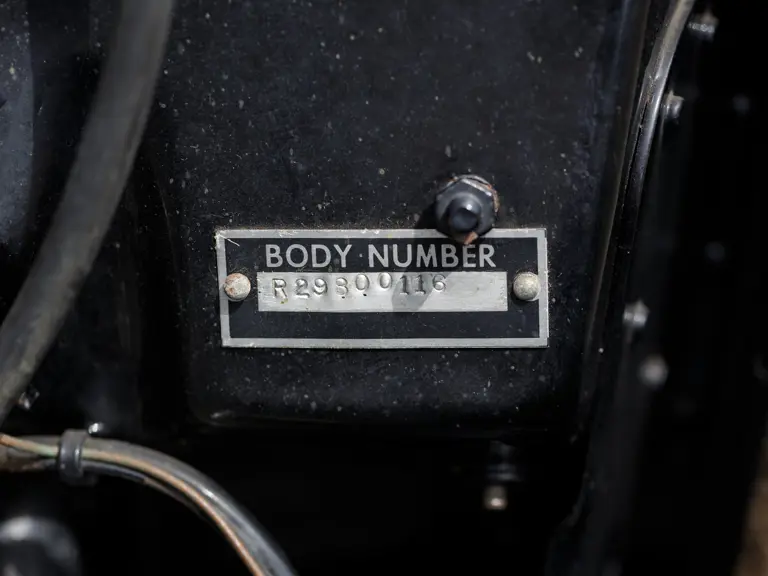
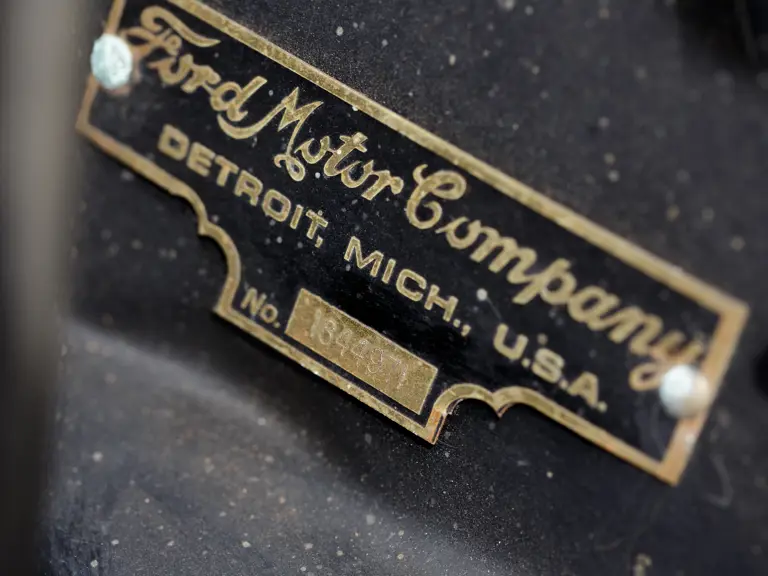
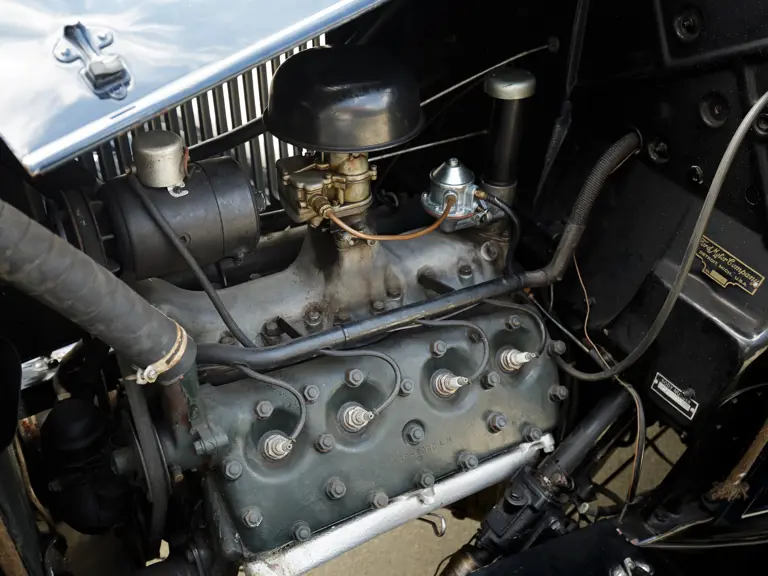

 | Hershey, Pennsylvania
| Hershey, Pennsylvania
